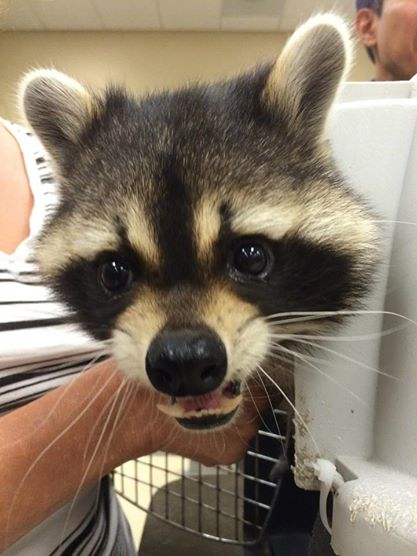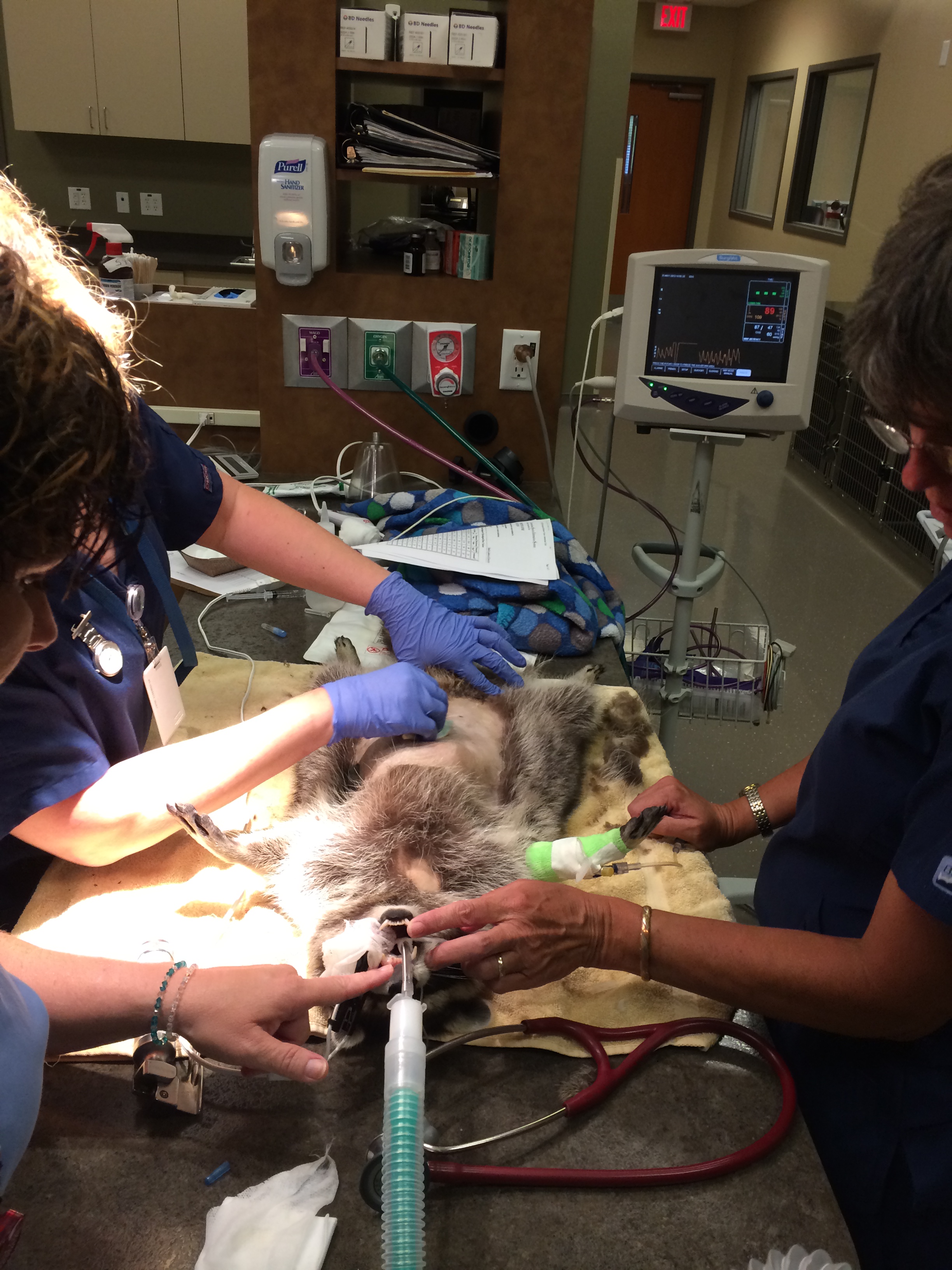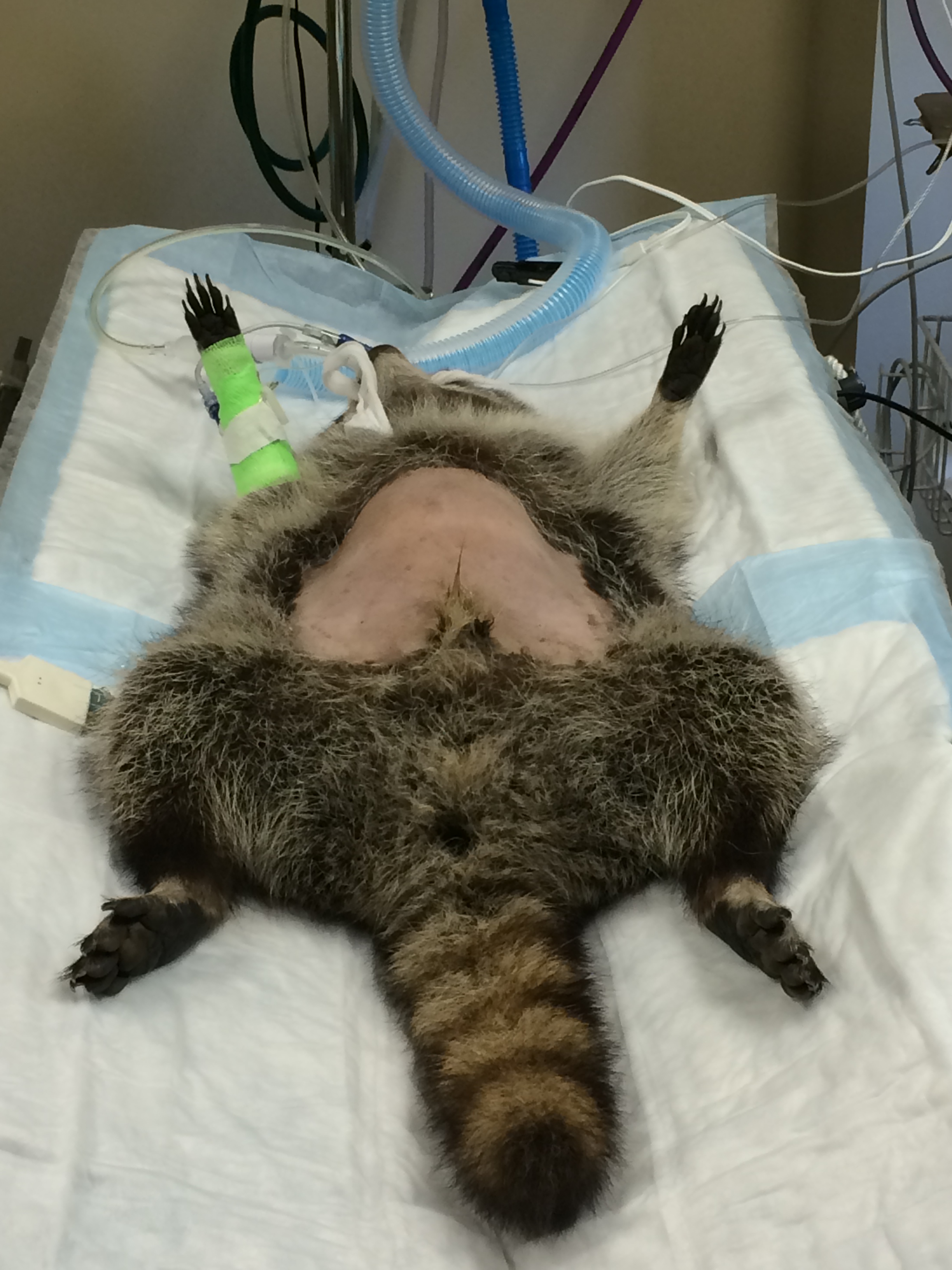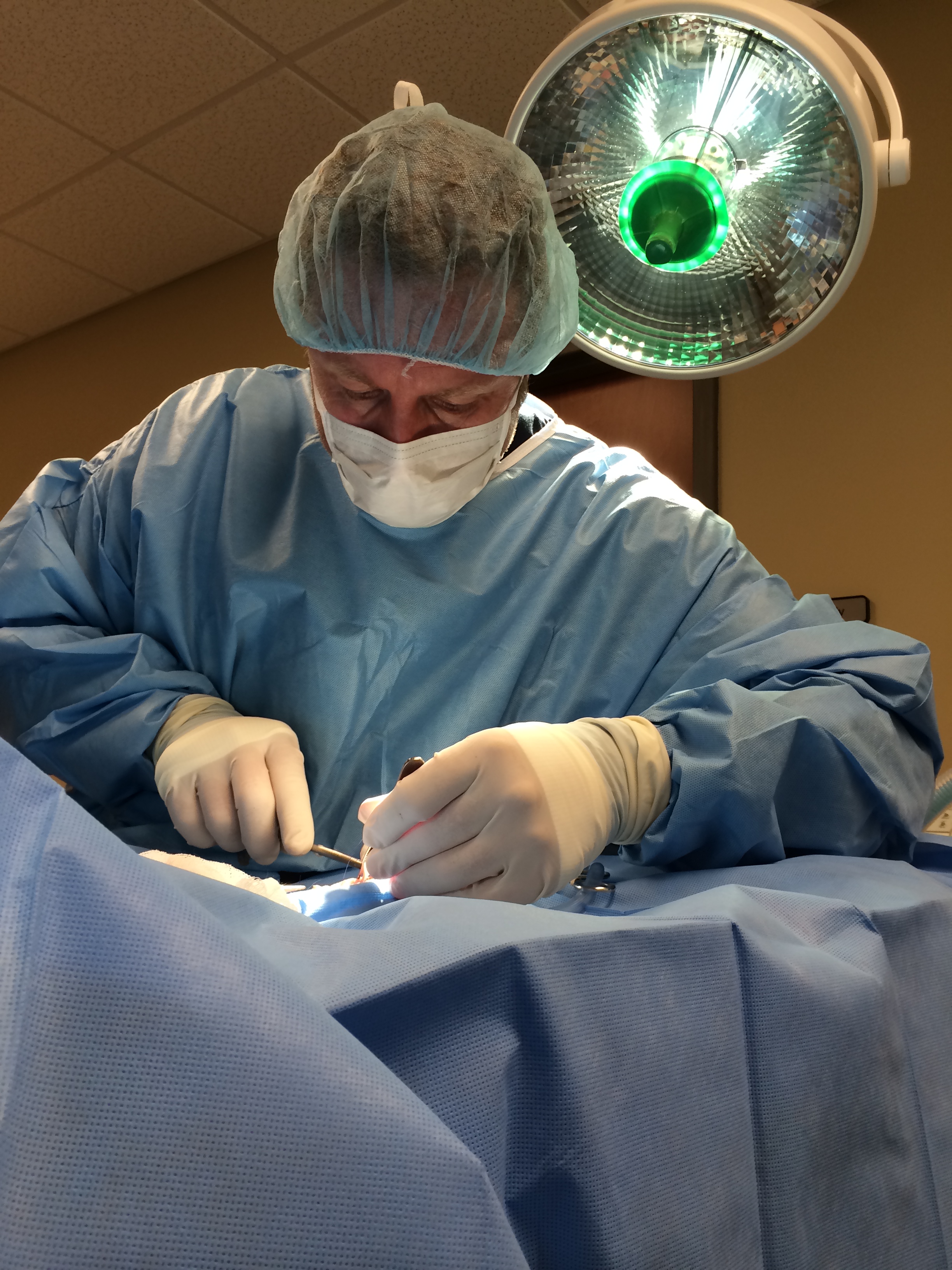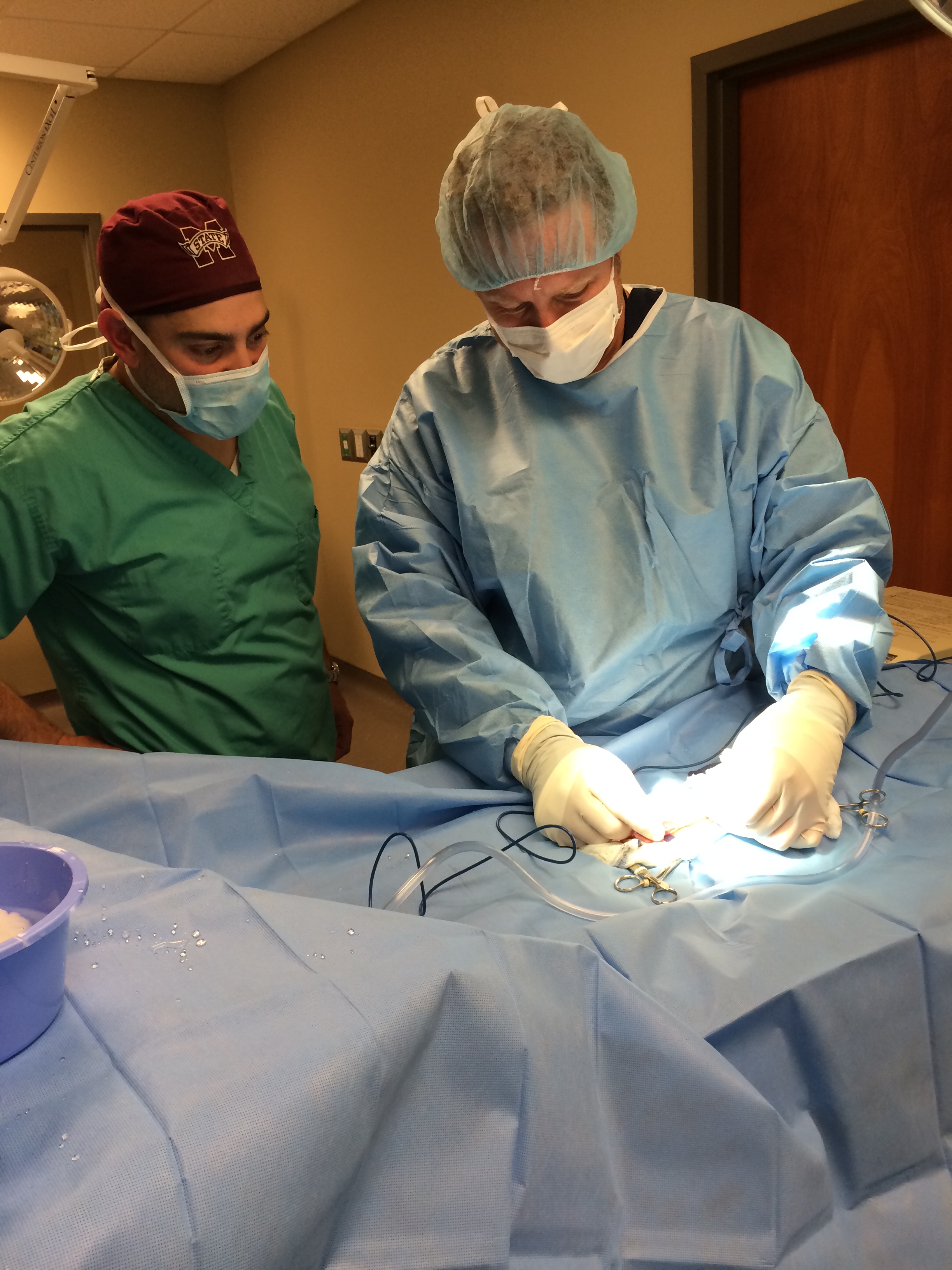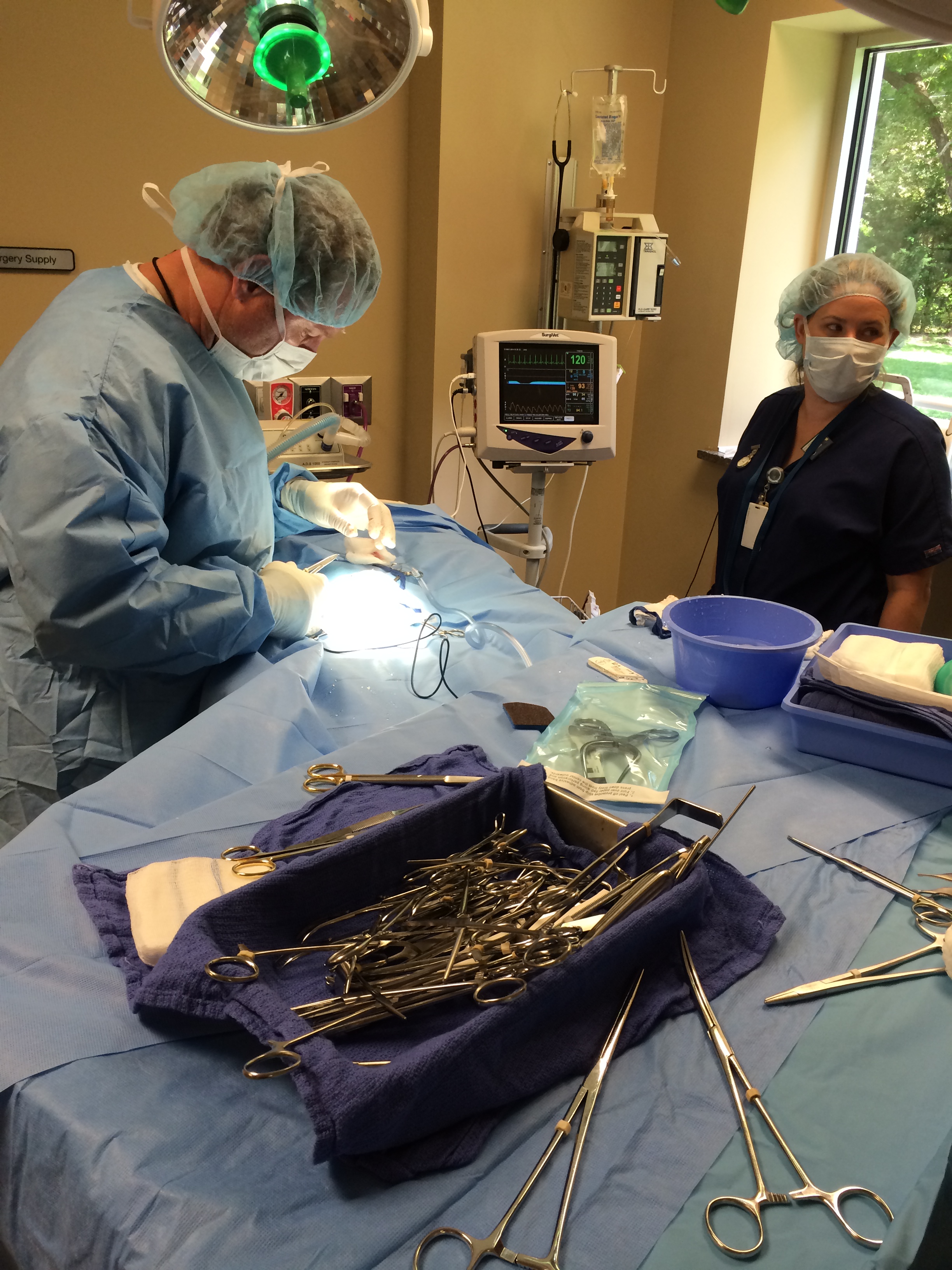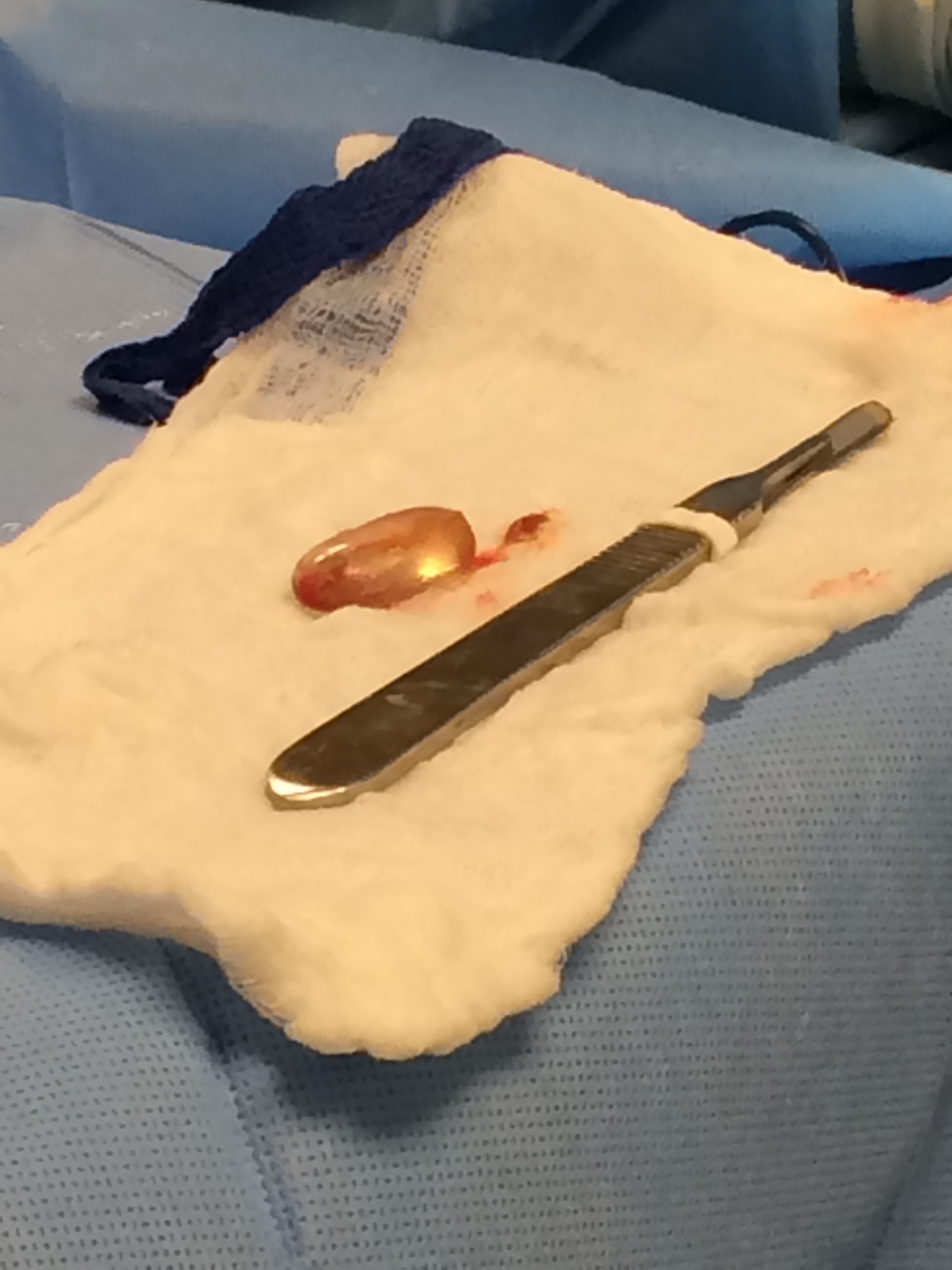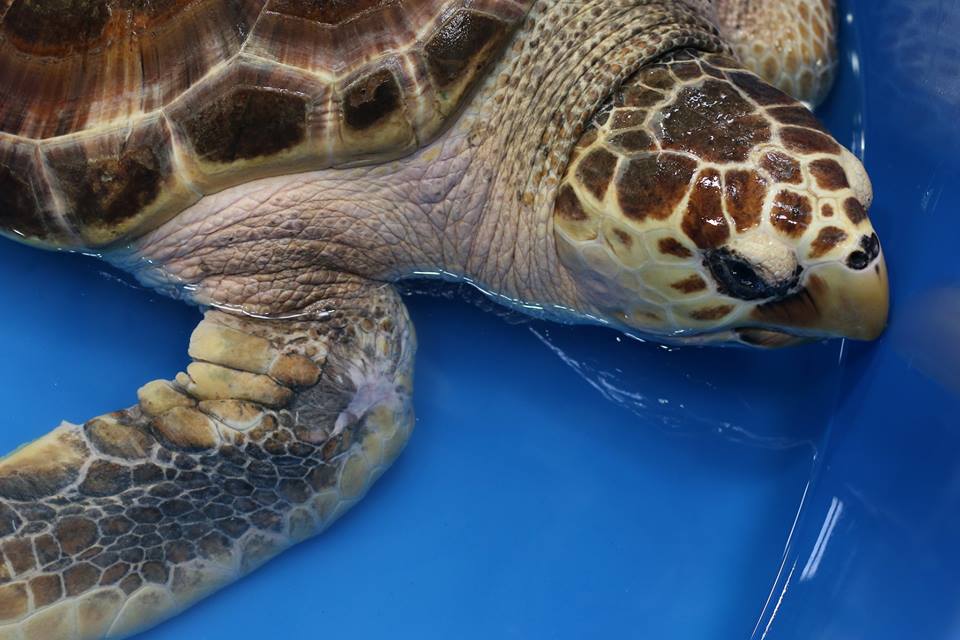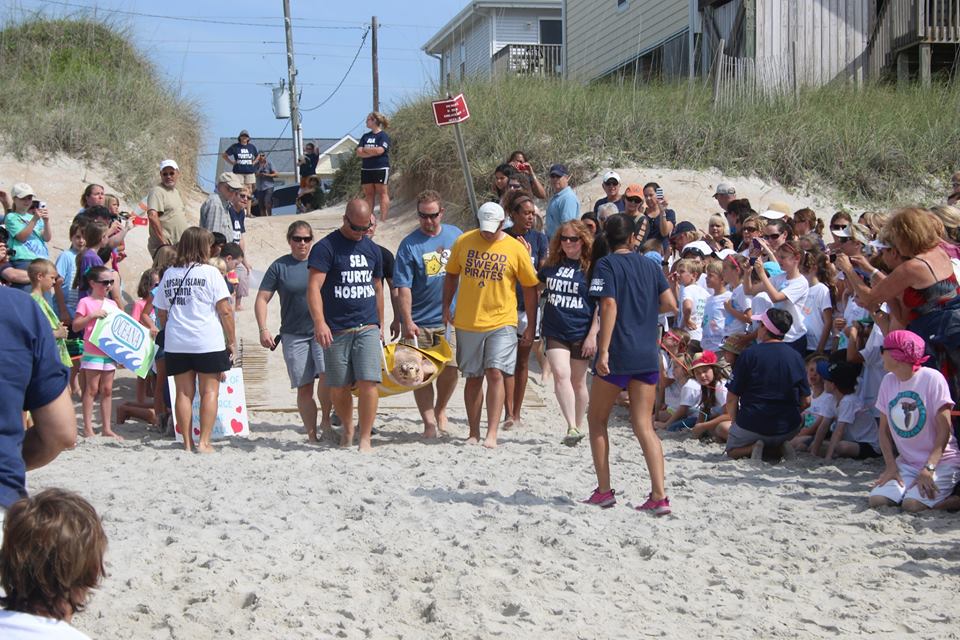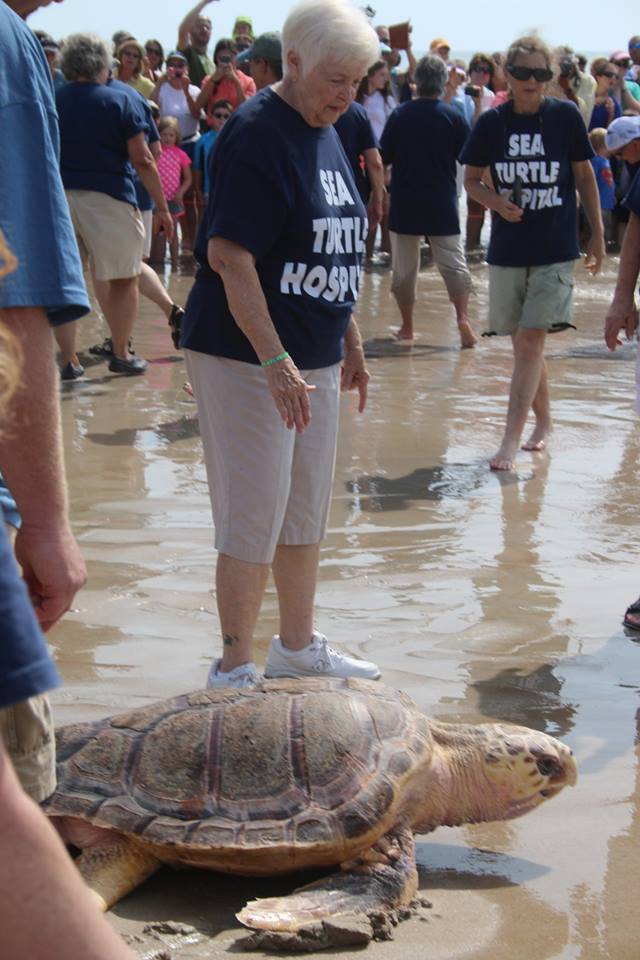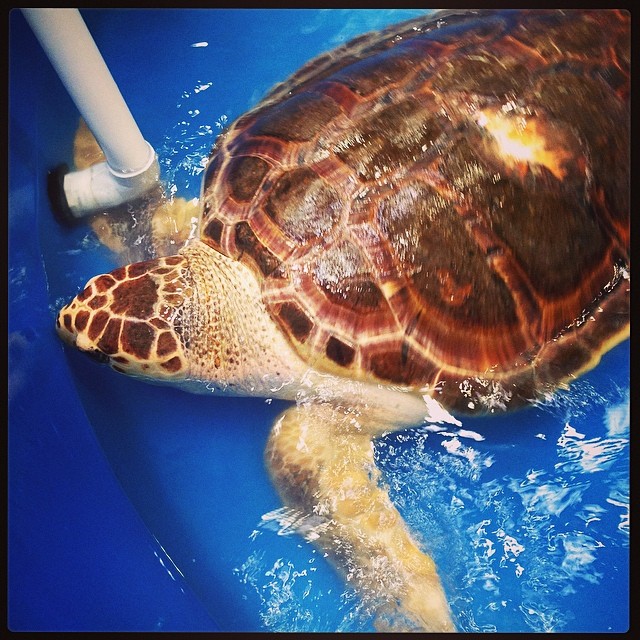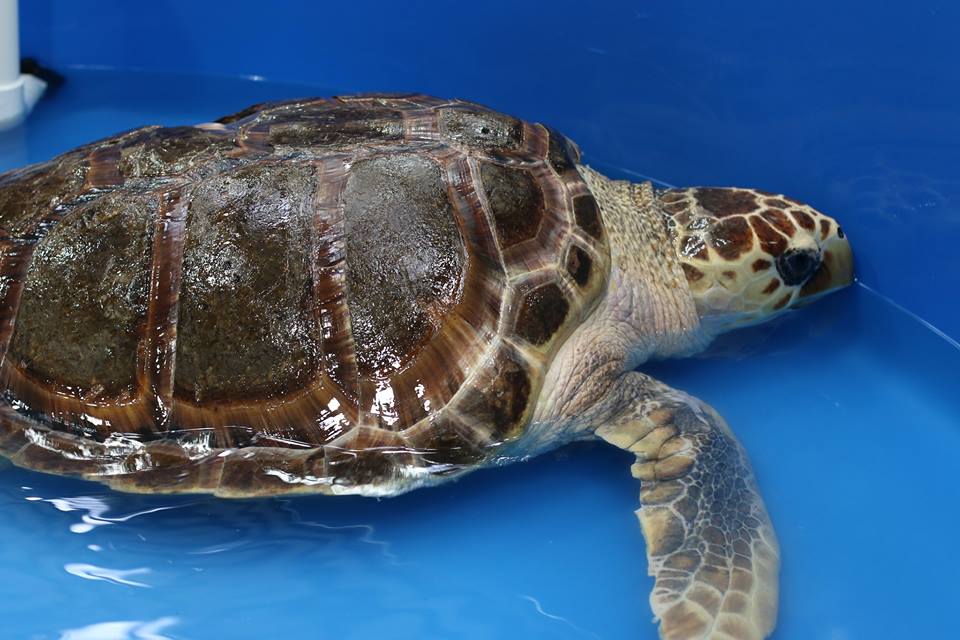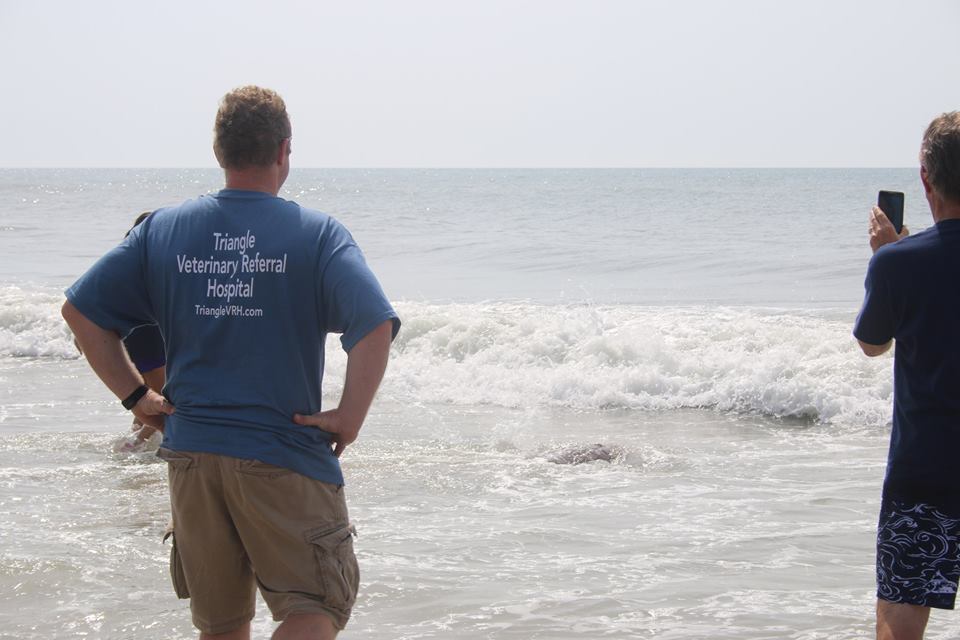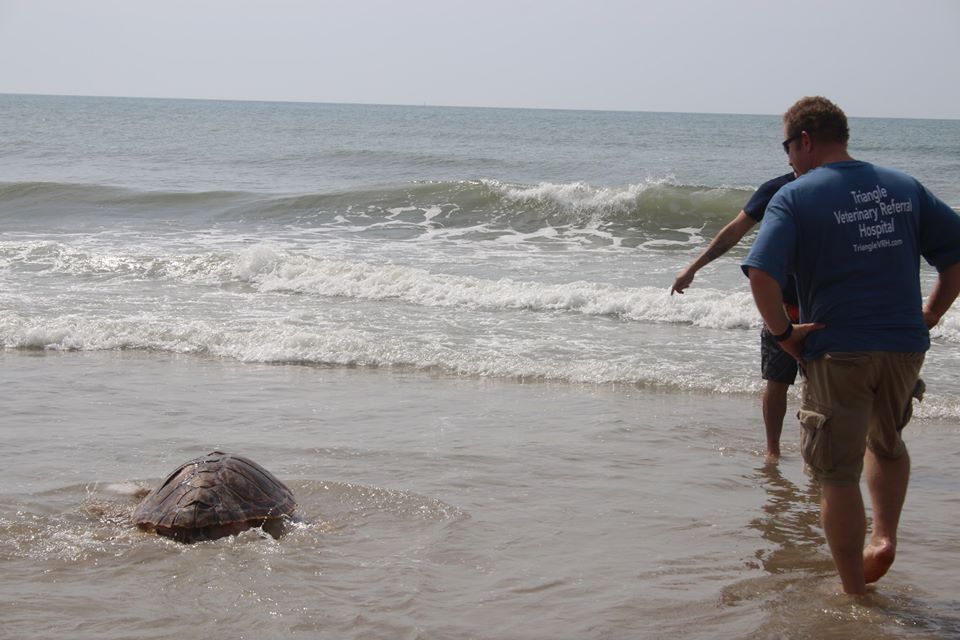When it’s below freezing, being outside for long periods is dangerous for your pets. Here are some tips to help keep them safe during the coming cold weather.
Small breed dogs, thin dogs (like a greyhound), and puppies should only go outside long enough to potty and then back inside! These guys do not have enough muscle mass to produce the needed heat to keep them warm. Likewise, dogs with short or no hair have little or no insulation, and should also be kept indoors except for potty breaks. Consider purchasing a fleece or down jacket to help with insulation, just as you would for yourself.
If your pet spends all or most of it’s time outdoors, please find a way to bring him or her inside for the next couple of nights! He doesn’t have to be welcomed in to your bed; a bathroom, utility room or even a garage in a pinch will do just fine as long as you pet proof the area, removing any harmful chemicals and other threats. The important thing is to keep him dry and out of the wind. While your dog or cat does have a fur coat, remember this is the same fur coat she sports in the summer, with not much extra insulation for sub-freezing temperatures. If he is in the garage, check in with him a couple times during the night, and make sure the temperature isn’t dropping below zero in the garage. Provide a bed and blanket, fresh water and food.
Cats should be kept indoors in freezing weather. They are more likely to wander and get lost when they are seeking a warm place to stay. Cats will also crawl under the hood of a car seeking heat, which may cause lethal injuries if the car is started.
Consider purchasing some boots for your dog if you plan to take long walks on frozen ground. If you are the crafty type, there are even sewing patterns online to make them yourself! This will protect Fido’s bare foot pads from the elements. If you and Fido don’t like the doggie boots, remember to limit the time spent outside, as his bare feet are in contact with the ice and can develop frostbite. It’s important to remember that if your dog is having a good time outside, she may not show signs that her feet are too cold, so you, the human, have to be the bad guy and tell her it’s time to go inside.
Speaking of feet, the salt that is often spread on roads and sidewalks is also harmful for your pet. Other winter hazards, like antifreeze, are also a concern. Make sure and rinse off your pooch’s feet after a walk outside in cold weather to remove ice, snow or any toxins.
Be careful on those sidewalks! Just as people may slip and fall on ice, causing knee, back or other injuries, so too can your dog. If you see a patch of ice on your sidewalk, it’s best to avoid it if possible by walking in the frozen grass instead.


